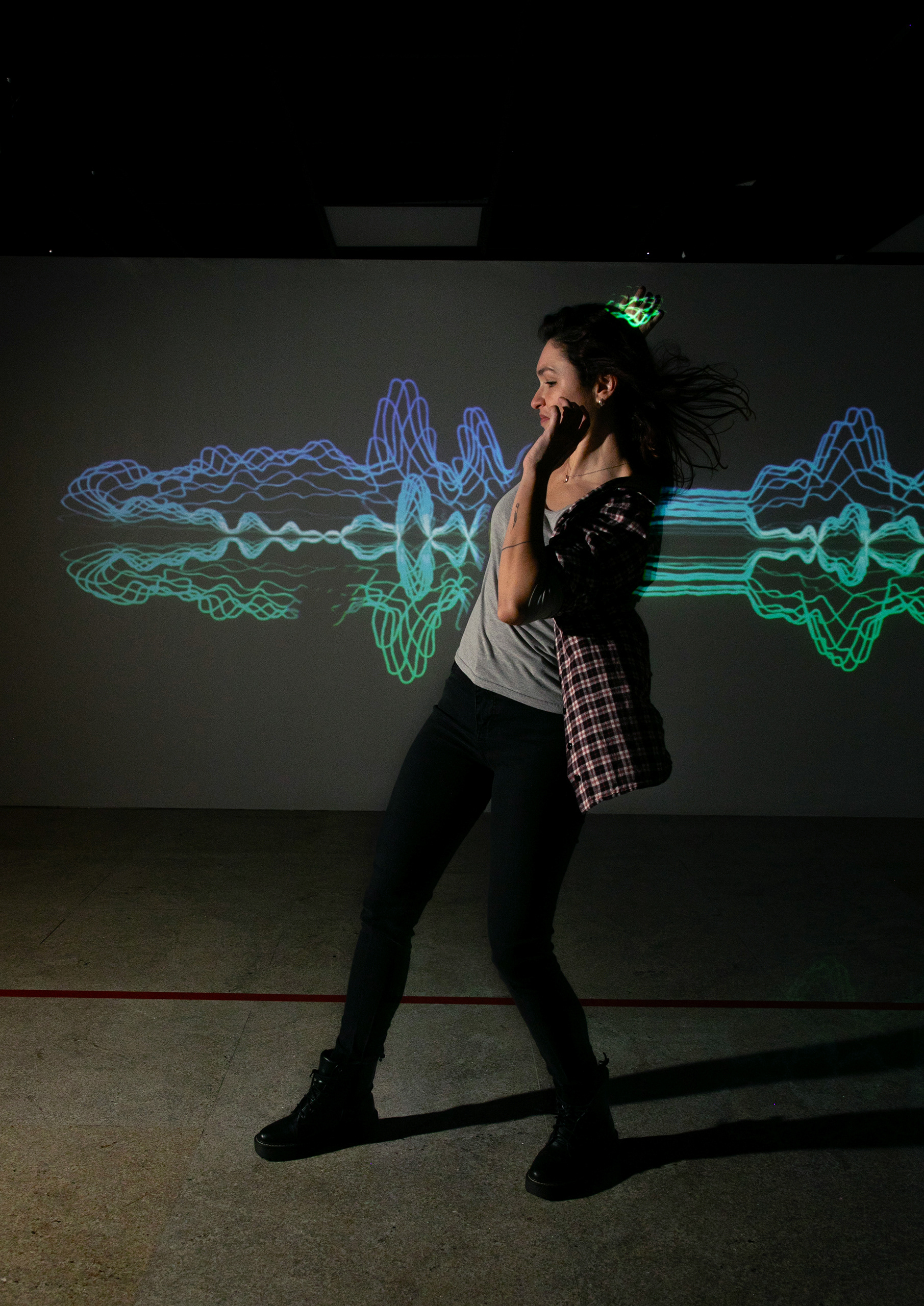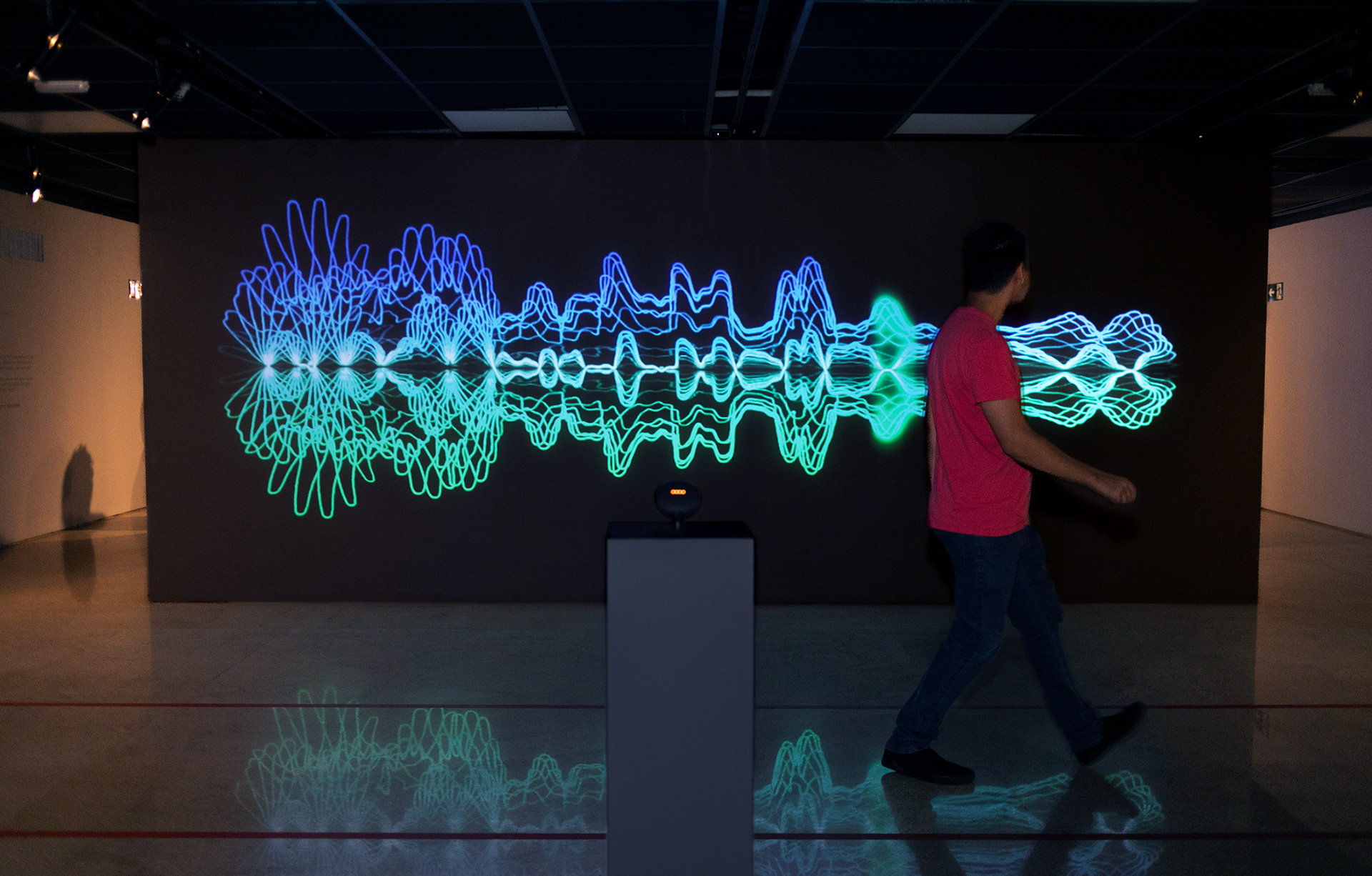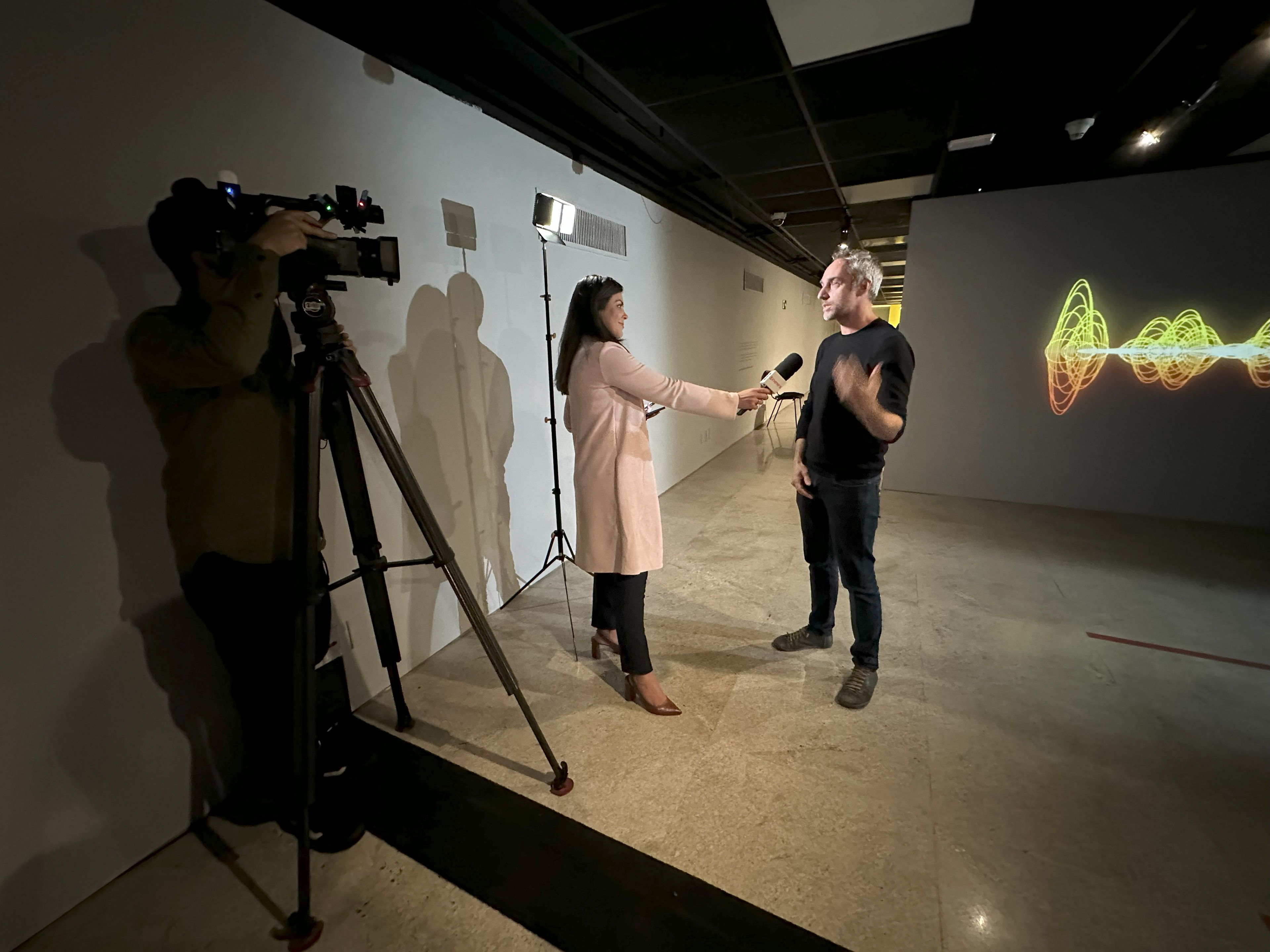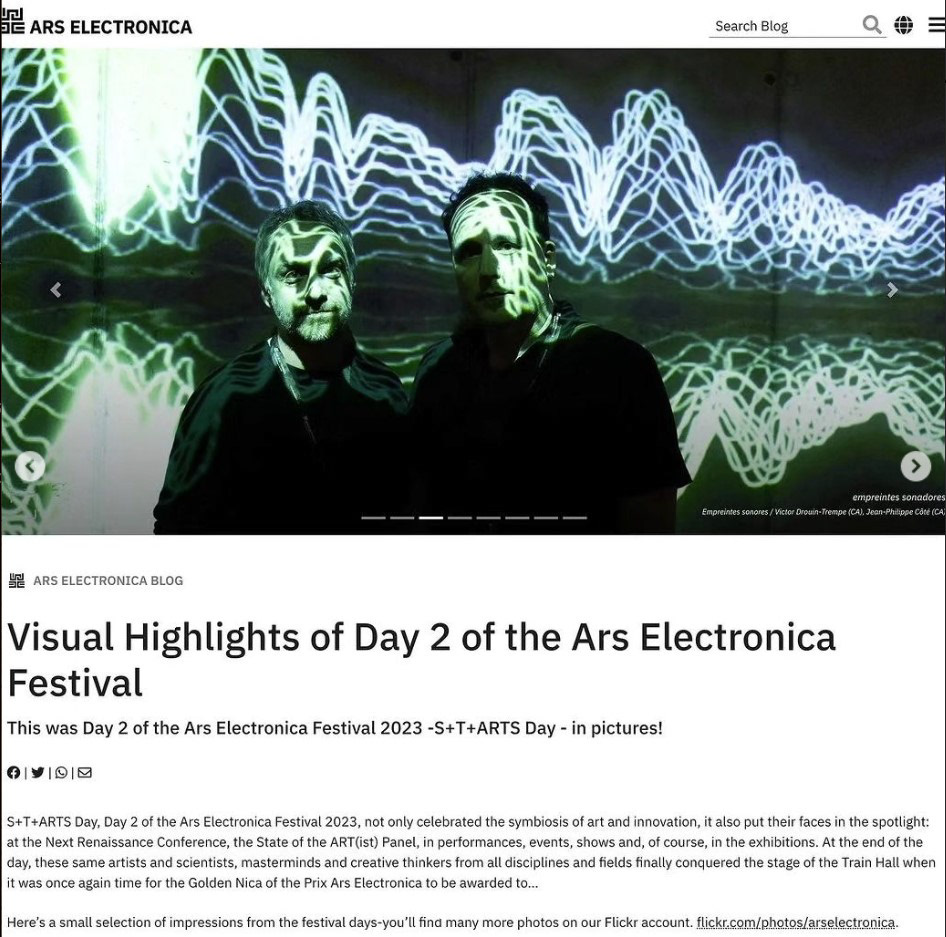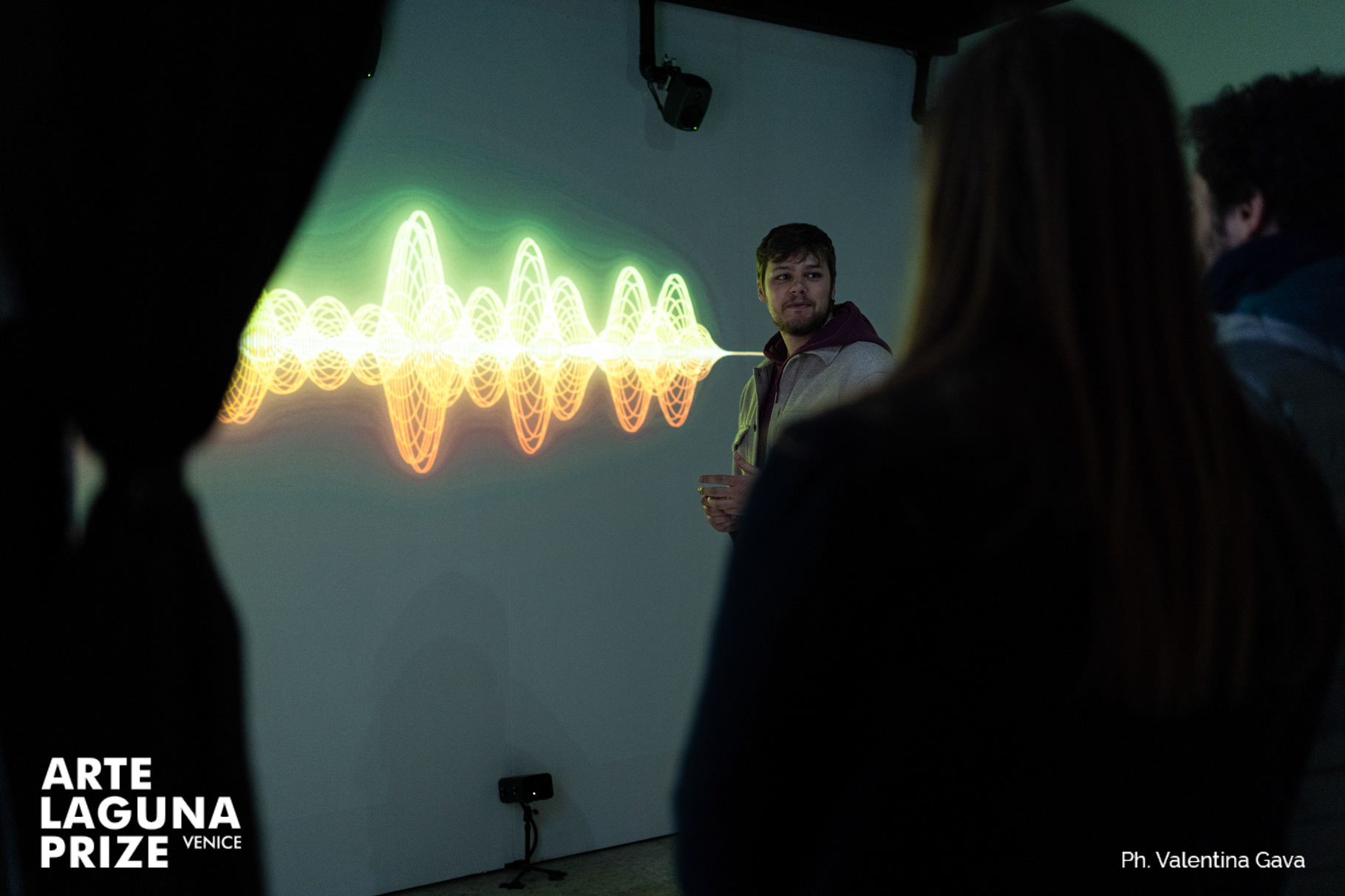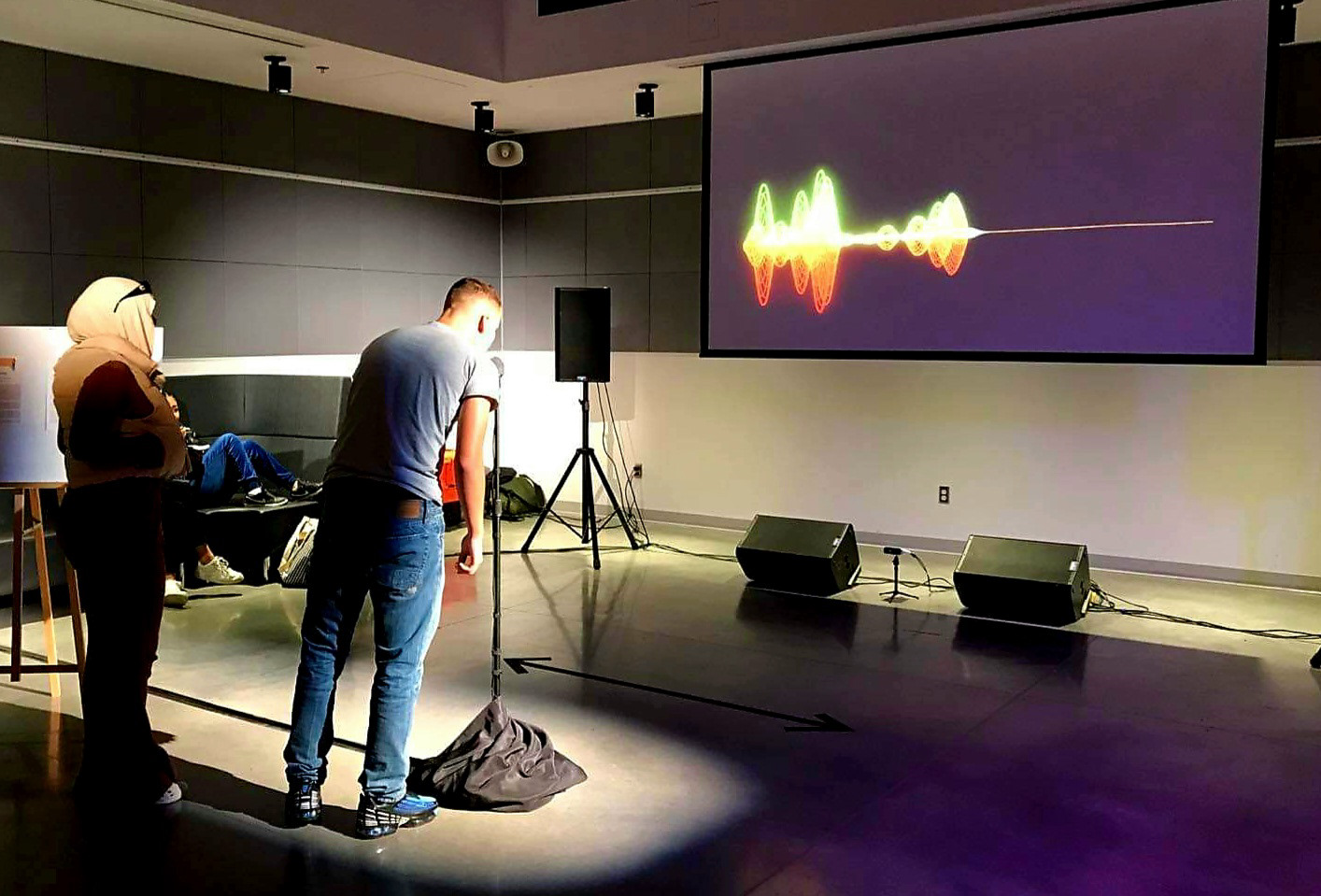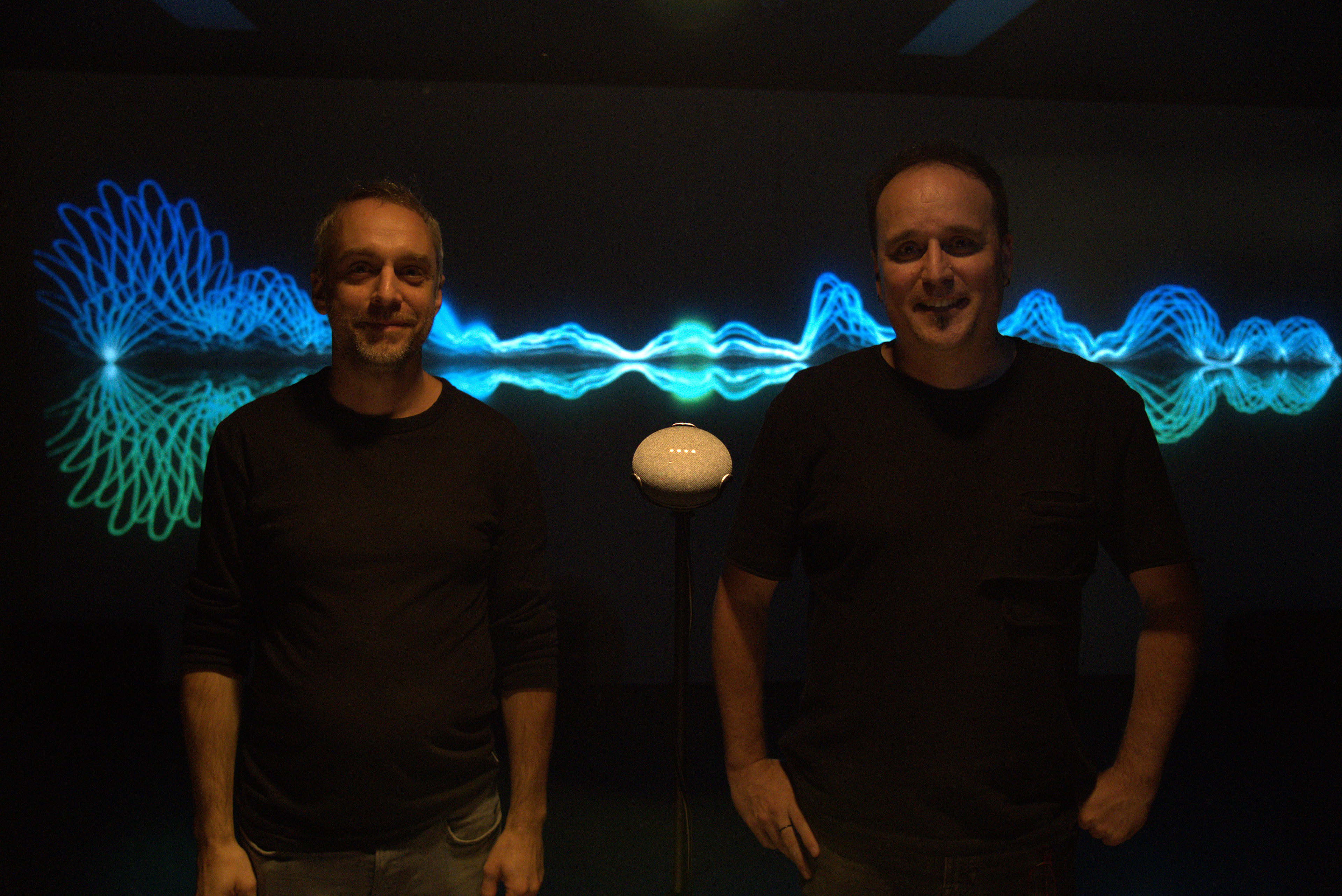Sommes-nous prêts à accueillir des assistants numériques dans nos foyers ? Ces appareils qui écoutent en continue et qui peuvent répondre à nos questions, allumer nos lumières ou éteindre le chauffage montrent que nous sommes en train de bâtir de nouvelles structures écosystémiques qui permettent de lier de manière symbiotique des agents humain avec des agents non-humains. Nous gagnons peut-être en commodité, les tâches ennuyantes étant déléguées, mais à quel prix ? En apparence, l’assistant numérique ne gêne pas : il s’agit d’un petit objet presque invisible que l’on place dans le salon ou la chambre à coucher. Mais pour fonctionner l’appareil doit enregistrer les commandes vocales, les traiter, les analyser et les stocker dans des serveurs. Une simple commande pour fermer les rideaux devient alors une opération à coût énergétique élevé. De plus, ces appareils entrent dans notre intimité et enregistrent souvent à notre insu. Selon un rapport de la Northeastern University (Dubois et al. 2020), les « haut-parleurs intelligents » s'activeraient accidentellement jusqu'à 19 fois par jour, enregistrant à chaque fois 43 secondes d'audio.
L’œuvre « empreintes sonores » cherche à rendre visible ce qui est latent : en particulier les accumulations de données sonores. Dans l’installation, un Google Home Mini écoute discrètement et enregistre en continu. Les sons captés sont rediffusés de manière aléatoire dans les 4 haut-parleurs et se mélangent pour finalement terminer dans un dépotoir sonore – espace virtuel imaginaire dans lequel se retrouveraient tous les sons inutilisés qui ont préalablement été enregistrés par les assistants numériques.
À partir d’un certain seuil, un fragment de son est enregistré et l’onde sonore est projetée sur le mur, comme si le son était figé dans le temps et dans l’espace. Un capteur de mouvement repère les déplacements et permet d’explorer l’onde sonore. Plutôt que de laisser le son se déplacer vers les oreilles, ce sont plutôt, à l’inverse, nos oreilles qui doivent se déplacer pour parcourir le son : ce dernier se libère de sa nature éphémère et singulière pour s’inscrire dans l’espace, ce qui permet de percevoir, le temps d'un instant, l'empreinte sonore dans l’environnement.
Le participant est ainsi amené à faire l’expérience de la captation sonore en continu et à en voir les traces. L’assistant numérique n’est plus ce petit objet anodin qui disparaît dans le décor, mais un agent qui écoute clandestinement et gère des données en continu.
Réalisé avec Jean-Philippe Côté (https://djip.co/) en collaboration avec Jules Roze (https://www.instagram.com/rezozero_/).
Are we ready for digital assistants in our homes? These devices that listen continuously and can answer our questions, turn on our lights or turn off the heating show that we are building new ecosystem structures that symbiotically link human agents with non-human agents. We may gain in convenience, as boring tasks are delegated, but at what cost? On the surface, the digital assistant is not a nuisance: it is a small, almost invisible object that can be placed in the living room or the bedroom. But in order to function, the device must record voice commands, process them, analyze them and store them in servers. A simple command to close the curtains then becomes an operation with high energy costs. In addition, these devices enter our privacy and often record without our knowledge. According to a report from Northeastern University (Dubois et al. 2020), "smart speakers" are reported to accidentally activate up to 19 times a day, recording 43 seconds of audio each time.
The work "Empreintes sonores" seeks to make visible what is latent: specifically, accumulations of sound data. In the installation, a Google Home Mini listens discreetly and records continuously. The captured sounds are replayed in a random way in the 4 loudspeakers and mix to finally end up in a sound dump - an imaginary virtual space in which would be found all the unused sounds that have been previously recorded by the digital assistants.
At a certain threshold, a fragment of sound is recorded, and the sound wave is projected on the wall, as if the sound were frozen in time and space. A motion sensor tracks the movements and allows the sound wave to be explored. Rather than letting the sound move towards the ears, it is rather, on the contrary, our ears that must move to travel through the sound: the latter is freed from its ephemeral and singular nature to inscribe itself in space, which allows us to perceive, for an instant, the sound imprint in the environment.
The participant is thus led to experience the continuous sound capture and to see the traces of it. The digital assistant is no longer this small anodyne object that disappears into the background, but an agent that secretly listens and manages continuous data.
Created with Jean-Philippe Côté (https://djip.co/) in collaboration with Jules Roze (https://www.instagram.com/rezozero_/).
Public presentations
- In-SONORA @ Centro Internacional de Creacion (Madrid, Spain, 2024) (Upcoming)
- Maison de la culture Marcel Robidas (Longueuil, Canada, 2024)
- Centre des loisirs Alain Larue (Notre-Dame-des-Prairies, Canada, 2024)
- NOVA @ Musea do Amanha (Rio de Janeiro, Brazil, 2023)
- 404 Festival @ Centro Nacional de las Artes (Mexico City, Mexico, 2023)
- Ars Electronica @ Postcity (Linz, Austria, 2023)
- FILE Festival @ SESI Art Gallery (Sao Paulo, Brazil, 2023)
- New Media Art Conference @ CICA Museum (Seoul, South Korea, 2023)
- International Symposium on Electronical Art (ISEA) @ Gallerie Abstract Project (Paris, France, 2023)
- Die Blaue Nacht (Nürnberg, Germany, 2023)
- Arte Laguna Prize @ Arsenale (Venice, Italy, 2023)
- Digital Citizenship week (Montreal , Laval and Lasalle, Canada, 2022)
- Lumifest (Longueuil, Canada, 2022)
- Sillages Exhibition @ Factory studio (Montréal, Canada, 2022)
